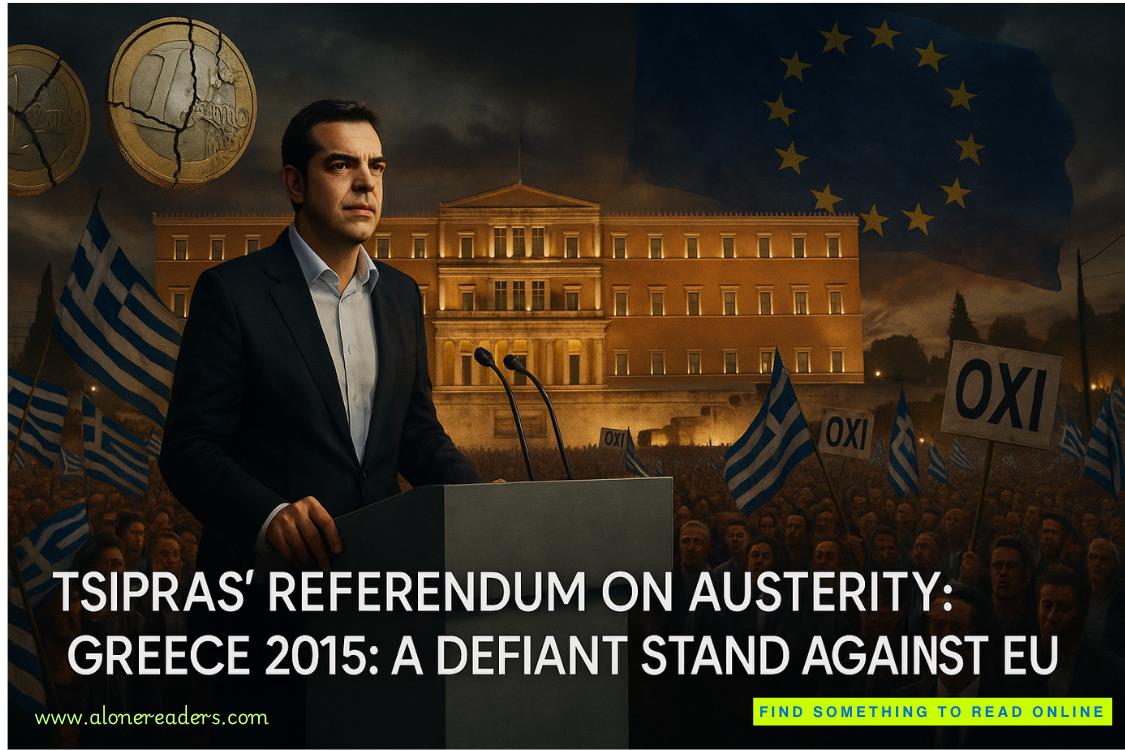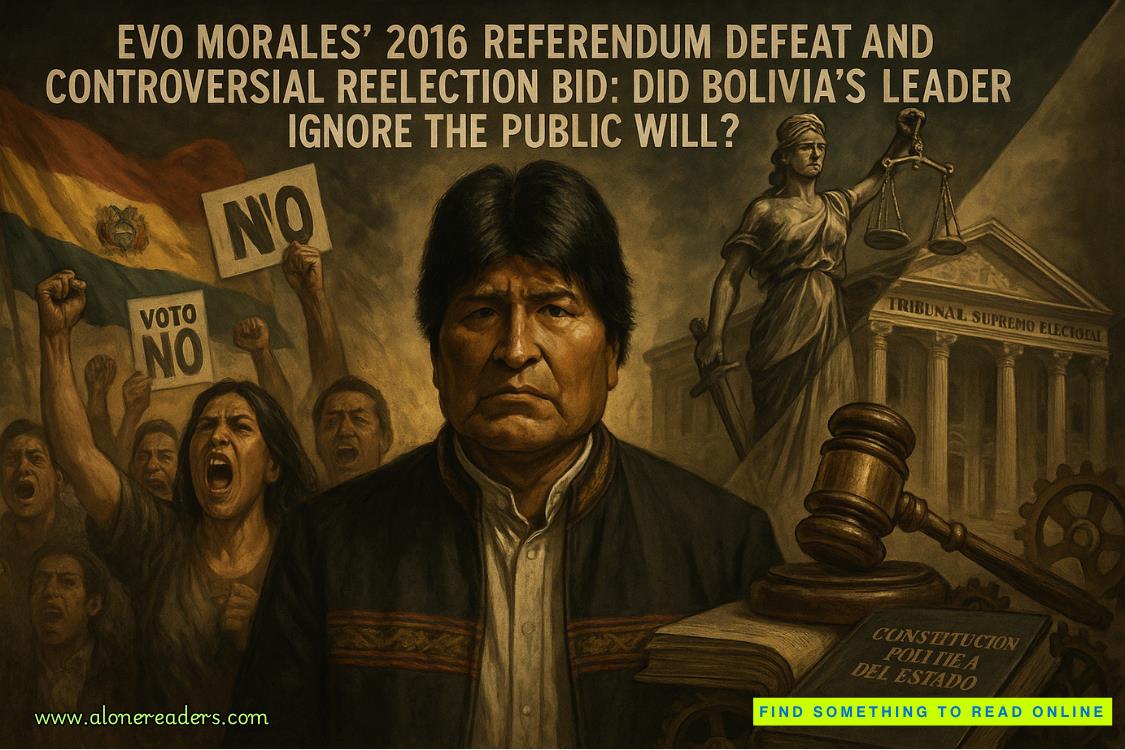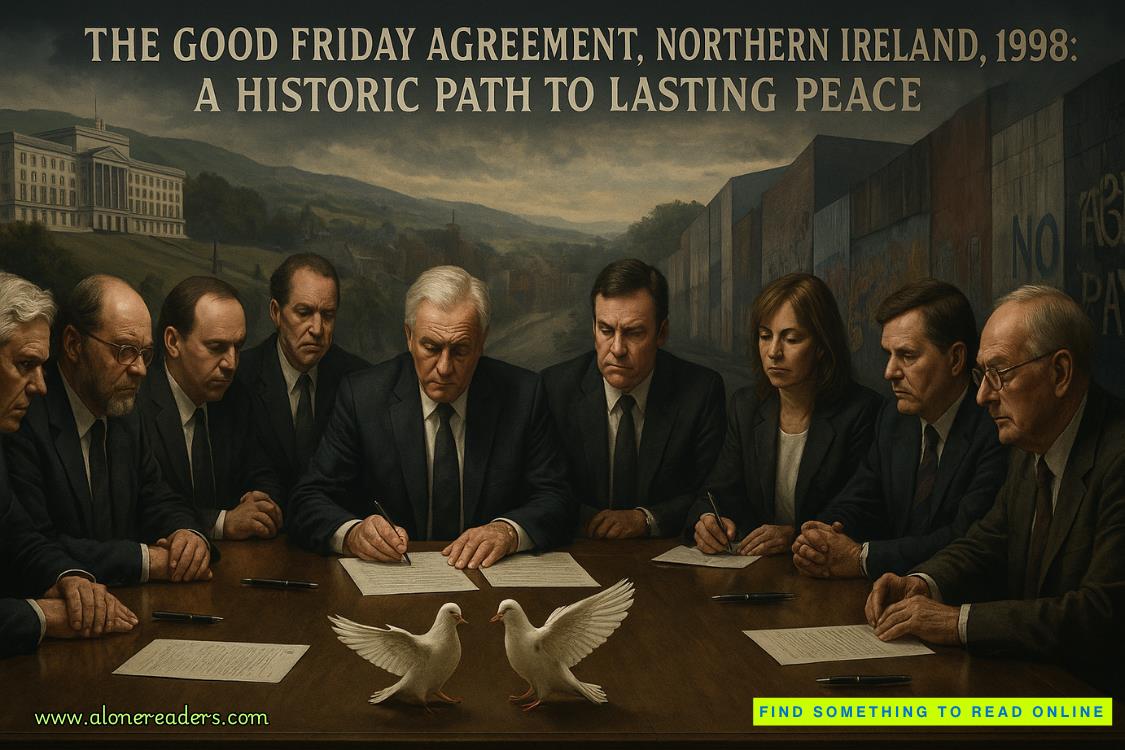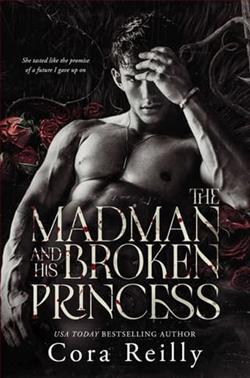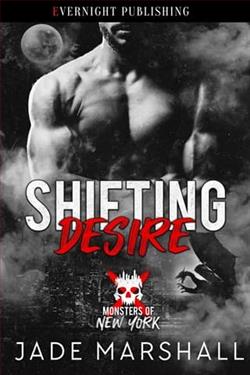Page 2 of Just Watch Me (Riley Wolfe 1)
And the mayor went on with his speech. He was well over ten minutes now and didn’t seem to be slowing down. Arthur Nesselrode glanced at his watch for the seventh time. Even hearing how wonderful he was had started to get tedious. He had been told the ceremony would be brief—a quick speech, and then the mayor would hand him an electronic box with a toggle switch. Nesselrode would then say a few words himself and flip the switch, which would cause the veil to slip off the statue, and then the fountain would start up at the base, and they could all go back to work. Nesselrode wanted to be back at work. He was working on a hostile takeover of a French company that had had some promising results with a new synthetic insulin.
And damn it, it was really cold. Nesselrode wasn’t dressed for it, and he didn’t like it. He was not accustomed to being inconvenienced, even by the weather. And so, as the mayor passed the fifteen-minute mark in his speech of praise that even the billionaire himself knew was a load of crap, he acted.
When the mayor paused to take a breath, Nesselrode stepped forward. With the confidence only billionaires can feel, he placed an arm on the mayor’s shoulder and pushed him to one side. He grabbed the microphone and, with a large and incredibly false smile, said, “Thank you, Mr. Mayor, you’re much too kind. And on behalf of Nesselrode Pharmaceuticals, the true House of Miracles, I would just like to say, to you and to the people of Chicago, it is a great honor and privilege to be able to give you this wonderful work of art. And so,” he said, lifting the large electronic box resting on the podium, “I hereby dedicate . . . Nesselrode Plaza!” He raised the box high over his head and flipped the toggle switch.
Several impressive things happened at the same time.
There was a brilliant flash of blue light from the electronic box, accompanied by a sharp and crackling BANG!, and Arthur Nesselrode pitched over and lay motionless behind the podium, smoke rising from his blackened hands. This was followed immediately by twelve sharp and rapid explosions, one after another, from around the base of the statue. And while the crowd was still stunned and blinking, the Coast Guard admiral stepped forward and began shouting orders.
“Clear a space here! Give him some room!” he said as he knelt beside Arthur Nesselrode.
The mayor knelt beside him as well. “Jesus, what happened?” he said.
“Electric shock. Came from that box,” the admiral said as he felt for a pulse. “This man needs immediate medical attention!” He pulled a radio from his pocket and spoke urgently into it. Then he turned his attention back to Nesselrode and began to give him CPR. “All right, that’s my chopper offshore,” he told the mayor. “We’ll airlift him to the hospital.”
“Uh,” the mayor said. “Don’t you think we could—”
“Stow it!” the admiral snapped, pressing hard on Nesselrode’s chest. “I need you to time me here! Start the count!”
And the mayor, who had seen CPR performed on TV, looked at his watch and began counting out loud.
“What the hell happened?” Kirkaldi demanded. “What were those explosions?”
Greer shook his head. “Around the base of the statue,” he said.
The two of them hurried over, and Greer knelt to examine one spot still smoking from the series of blasts. “It’s sheared the bolt,” he said. “All the bolts!”
“Shit,” Kirkaldi said. “This thing could fall over, crush somebody!” He frowned at his partner. “Why would somebody—”
Greer stood up. “Terrorists,” he said. “We better tell the mayor.”
Kirkaldi nodded. “You tell him, I’ll move the crowd back.”
On the podium, the Coast Guard admiral continued CPR compressions on Nesselrode’s chest while the mayor counted for him. “I’ve got a pulse,” the admiral said. He glanced up. “And here’s my chopper.” He stood up and waved at the helicopter.
With a huge swirl of wind, the Chinook descended toward the platform, lowering a medevac basket. “Clear away!” the admiral yelled. “Mr. Mayor, you need to get all these folks out of the way.”
The mayor nodded and began to urge the crowd away, off the platform. He was the last person down, and as he stepped onto the top stair, he turned just in time to see Nesselrode, in the medevac basket, rising up into the air—
—and a second thick steel cable with a large metal hook on the end unspooling downward, to the admiral’s waiting hand. Frowning, the mayor paused on the top stair. What the hell . . . ?
His puzzlement grew as the admiral grabbed this second cable, stepped to the front of the platform, and swung out toward the statue. But the mayor’s confusion turned to alarm as the admiral, perched on the statue, whipped the cable around it several times, stuck the hook into the wrapped cable, and then climbed upward, hand over hand, and disappeared into the side door of the helicopter.
“Jesus Christ,” the mayor said. He couldn’t think of anything else. He just stood mute as the powerful Chinook climbed upward, taking the statue with it. One of the security guards appeared beside him, lifting his pistol to fire at the chopper. The mayor slapped his hand down. “Mr. Nesselrode is in there!” he said, and the guard kept his pistol lowered.
The two stood side by side and watched as the helicopter flew away, far out over the lake, the brand-new $50 million statue dangling beneath it.
And with Arthur Nesselrode, billionaire big-pharma CEO, inside.
* * *
—
Arthur Nesselrode came slowly back to consciousness with no idea where he was or what was happening. His entire body ached—but especially his chest. It felt like he’d been beaten. Beneath him he felt a hard and cold surface, and it was thrumming with vibrations from some kind of powerful machine.
It took several minutes of concentration and hard work, but he finally managed to open his eyes. Hovering above him was a face he didn’t know. He frowned, tried to focus. The man was wearing a uniform—the admiral who had been standing on the platform behind the mayor? But that made no sense—
“You’re in a helicopter,” the admiral said. He reached behind him and slid open the chopper’s door. Immediately, the freezing wind whipped in at them. “See?”





